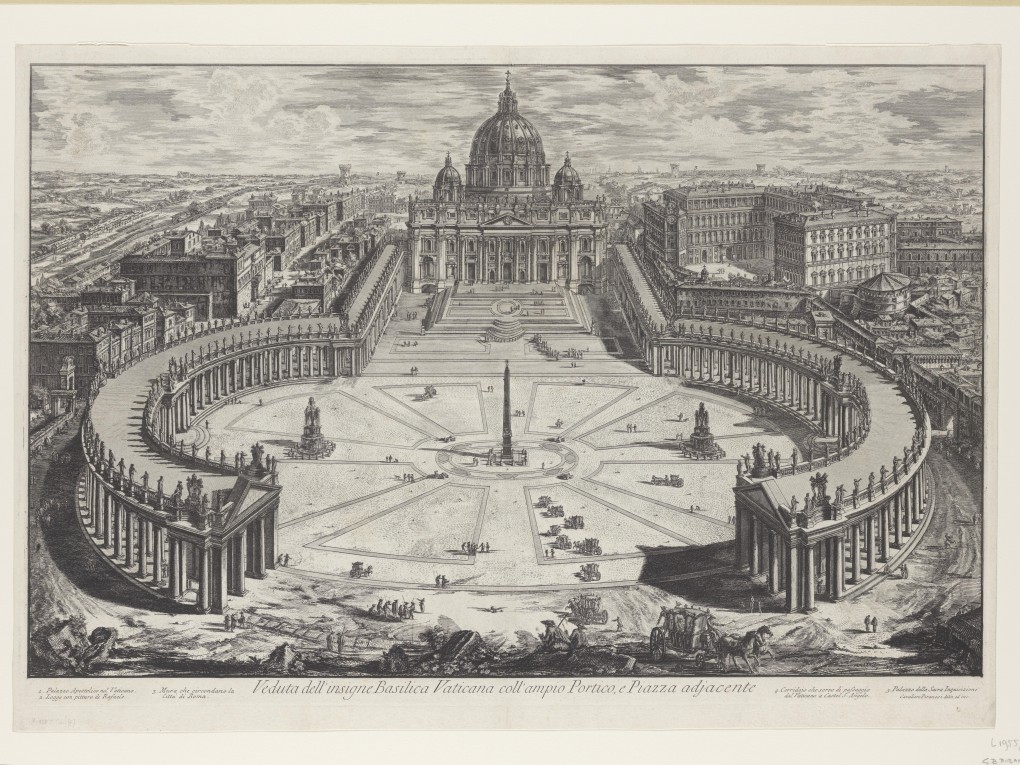



Donors, friends and guests with a privilege pass may book a single or multiple time slots here
Donors, friends and guests with a privilege pass may book a single or multiple time slots here
Would you also like to experience more Boijmans or give a friendship as a gift? Join as a Friend and get invited for the annual Museumpark Vriendendag. Will we see you or your friend in the depot soon?

Presentation in the depot of new research demonstrates productive burst by eighteenth-century Italian artist Piranesi. The source of inspiration for Escher and Kafka is also recognisable in the steps of the depot building itself.



The prints are printed on handmade paper from the eighteenth century, all with a watermark that is unique to the paper mill where the paper was produced. From this, we can, for example, deduce where Piranesi got his materials. The watermark study gives insight into the work process of Piranesi and is not only important for dating the prints, but also for distinguishing them from reprints. New knowledge has been gained about his paper usage, his work during his life and how his children continued his work after his death. It also produced some surprises, such as the discovery of a watermark that was previously unknown.


Giovanni Battista Piranesi was a multi-faceted artist, trained as architect and an outstanding printmaker and trader. He produced an enormous number of etchings, particularly during the last thirty years of his life. More than a thousand individual etchings were produced, which is an average production of 2.3 prints a month. These etchings were published as series and in books of prints. The ‘Vedute di Roma’, his famous print series with impressive views of Rome, are also incorporated in this presentation in an interactive online map of the city. Piranesi’s most celebrated prints are the ‘Carceri’ (dungeons or prisons). These imaginary spaces that seem to have no end inspired many other artists - M.C. Escher, for example, was a great admirer, but so too were the surrealists, and writers such as Samuel Taylor Coleridge, Edgar Allen Poe, Jorge Luis Borges and Franz Kafka.
Below a map op Rome with various works of Piranesi highlighted. Rome was the artist's greatest source of inspiration, reflected in many of his works.